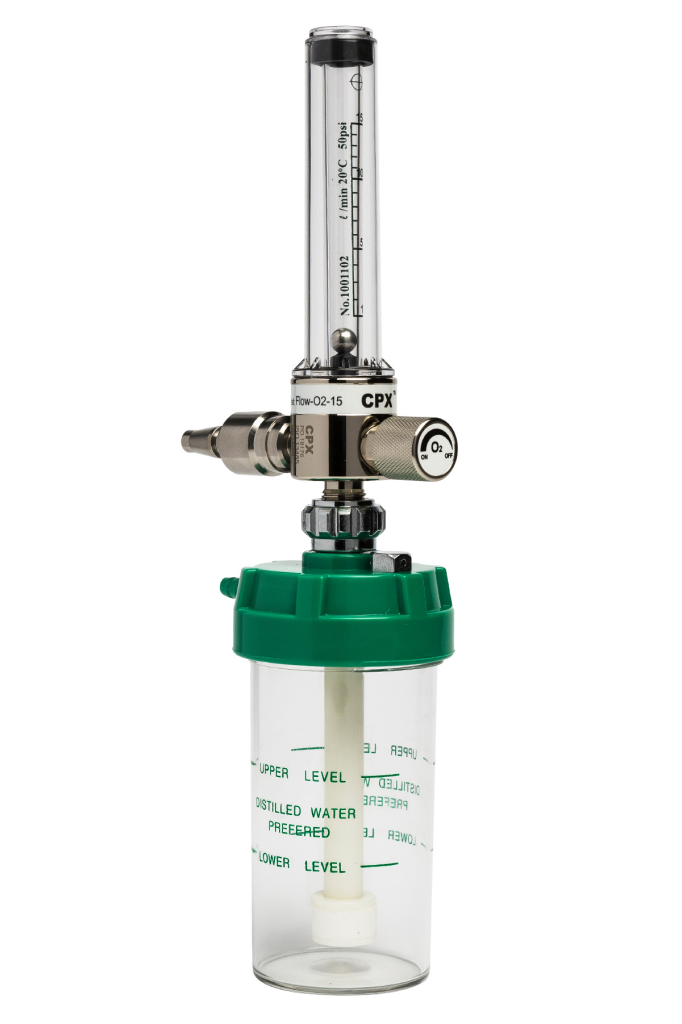- Your cart is empty
- Continue Shopping
Difference Between Flow Meter and Flow Transmitter

Understanding the nuances between a flow meter and flow transmitter is crucial in various industries where monitoring and controlling fluid flow is essential. This distinction not only aids in selecting the appropriate equipment for specific applications but also enhances efficiency and accuracy in processes. Here, we’ll explore both devices’ key differences, applications, and functionalities.
Table of Contents
What is a Flow Meter and Flow Transmitter?
A flow meter is an instrument used to measure the quantity (volume or mass) of a liquid, gas, or steam moving through a pipe. There are several types of flow meters, each suited for different applications based on the nature of the fluid, the flow rate, and the environmental conditions. The primary purpose of a flow meter is to provide a direct measurement of the flow rate, which is crucial for process control in industries such as water treatment, oil and gas, and chemical manufacturing.
Types of Flow Meters
- Turbine Flow Meters: A turbine measures the fluid flow velocity through the pipe.
- Ultrasonic Flow Meters: Employ sound waves to determine the flow rate by capturing the velocity of the fluid.
- Magnetic Flow Meters: Measure flow using magnetic fields, which are ideal for conductive liquids.
- Coriolis Flow Meters: Provide mass flow measurement using the vibration of tubes through which the fluid passes.
What is a Flow Transmitter?
A flow transmitter is a device that processes signals from a flow meter and flow transmitter that data to a control system, typically in the form of a 4-20 mA signal. It is an integral part of a broader measurement and control system, enabling automated process control by interfacing with control systems like SCADA (Supervisory Control and Data Acquisition). The primary function of a flow transmitter is not to measure flow directly but to convert the raw data from the flow meter into a usable format for monitoring, control, and decision-making purposes.
Key Differences
While both devices are related to the measurement of fluid flow, their roles and functionalities differ significantly:
- Measurement vs. Transmission: The flow meter directly measures the flow rate of a fluid travelling through a system. In contrast, a flow transmitter processes and sends this data to a remote system for further action.
- Operational Integration: Flow meters are often standalone devices that can operate without additional components, whereas flow transmitters need to be integrated with both the flow meter and the control system to function.
- Output Type: Flow meters typically provide direct output readings that can be analog or digital. Flow transmitters, however, convert these readings into standardized signals that control systems can understand and utilise.
Applications and Use-Cases
Flow Meters
- Water Treatment Facilities: These regulate water flow into treatment plants and monitor effluent discharge.
- Chemical Processing: Critical in managing the precise addition of ingredients and chemicals in batch processes.
- Oil and Gas Industry: Employed for custody transfer, ensuring accurate hydrocarbon measurement between parties.
Flow Transmitters
- Remote Monitoring: Allows for the monitoring of flow rate from a central control room rather than at the site of the flow meter.
- Data Integration: Facilitates the integration of flow data into enterprise systems for analysis and long-term monitoring.
- Process Automation: Essential in automated control loops where the flow rate needs to be adjusted automatically based on other process variables.

Why the Distinction Matters
The differentiation between flow meter and flow transmitter is not just technical—it affects how processes are designed and implemented. Understanding whether you need a device that measures flow rate or one that helps transmit this data for further processing is key to optimizing operational efficiency and achieving process precision.
In Summary
While often used in tandem, flow meter and flow transmitter serve distinct purposes within the flow measurement and control spectrum. Choosing the correct type of device depends on the specific needs of a project or operation. Professionals in related fields must grasp these differences to decide which equipment to deploy for their needs.

